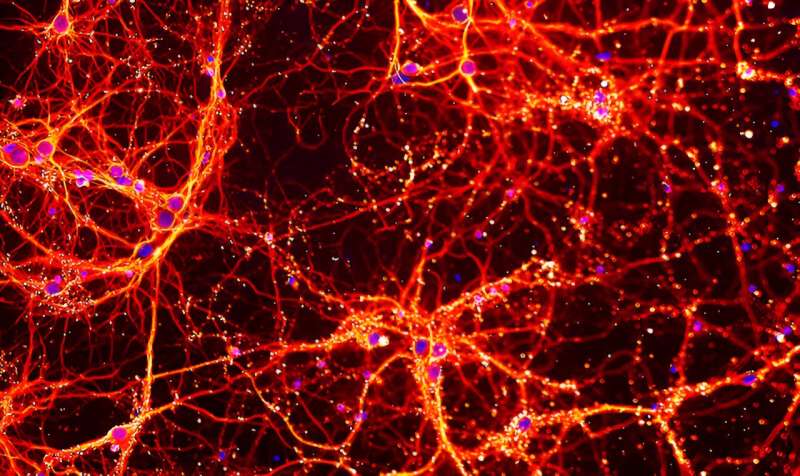This article has been reviewed according to Science X's editorial process and policies. Editors have highlighted the following attributes while ensuring the content's credibility:
fact-checked
trusted source
proofread
New insight into gene uncovers its link to incurable birth defect

Researchers have unraveled how mutations in a gene can lead to an incurable neurodevelopmental disorder that causes abnormal brain development in newborns and infants.
The WEHI study is the first to prove that a protein called Trabid helps control neuronal development, and that mutations to this protein can lead to microcephaly—a condition where a baby's brain is smaller than expected.
It's hoped the milestone findings will provide a deeper understanding into the protein's impact on healthy development and lead to treatments that can slow or stop the development of microcephaly and potentially other neurological disorders.
Microcephaly is a neurodevelopmental condition leading to an underdeveloped brain that adversely affects learning and behavior.
About 1 in 2,000 babies in Australia are reported to have microcephaly. There currently is no known cure or standard treatment for the disorder.
Neurons are the fundamental building blocks of the nervous system, responsible for transmitting electrical and chemical signals that enable communication between different parts of the body and the brain.
The new WEHI-led study is the first to show that Trabid plays a critical role in the development of healthy neurons by ensuring they are guided correctly in the developing brain—ultimately enabling normal brain function and behavior.
Co-lead author, Associate Professor Grant Dewson, said the findings may aid diagnosis and treatment of neurodevelopmental disorders in the future, with 2.5 million Australians believed to be living with one of these conditions.
"Our understanding into how neurodevelopmental conditions, like microcephaly, develop continues to grow," Dewson, a Laboratory Head at WEHI, said.
"While previous research has indicated there could be a link between defects in Trabid and microcephaly, our study is the first to provide evidence for the gene's function in neuronal guidance –filling a vital knowledge gap."
The study, with first authors Dr. Daniel Frank, Dr. Maria Bergamasco (now at Charles Perkins institute, University of Sydney), Dr. Michael Mlodzianoski, is published in the journal eLife.
Critical development
In 2015, U.K. researchers published a study that first suggested a possible connection between the gene encoding Trabid (ZRANB1) and microcephaly, after identifying two patients with the brain disorder who had mutations in this gene.
Dr. Hoanh Tran, who has more than 10 years of experience investigating Trabid, was able to build on this research by characterizing these patient mutations in the lab using pre-clinical models.
"Abnormalities in neuron migration and guidance can lead to neurodevelopmental disorders like microcephaly" Dr. Tran said.
"Cells in the developing brain must migrate to the right location. If the address is missed, developmental defects can occur.
"Healthy neurons extend long processes called axons in a directional, ordered manner. In our study, we found the neurons from models with defective Trabid project axons that migrate with a wayward trajectory.
"These significant findings provide an understanding of Trabid/ZRANB1 as a new human microcephaly gene."
Currently, microcephaly can sometimes be diagnosed with an ultrasound test during the second or third trimester.
The team hopes that, in future, defects in Trabid, or the proteins that Trabid controls, could help identify babies who are at-risk of developing microcephaly—allowing for potential early interventions.
More information: Daniel Frank et al, Trabid patient mutations impede the axonal trafficking of adenomatous polyposis coli to disrupt neurite growth, eLife (2023). DOI: 10.7554/eLife.90796.3




















